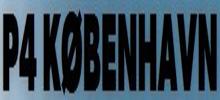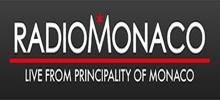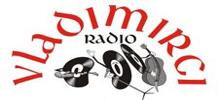Euro Hits is a vibrant and dynamic music genre that emerged in the late 1970s and early 1980s, primarily in Europe but quickly gaining global popularity. This genre is characterized by its infectious melodies, upbeat rhythms, and catchy hooks, making it a staple of dance floors and radio stations worldwide. The term "Euro Hits" encompasses a broad spectrum of styles, including Eurodance, Europop, and various other sub-genres that blend elements of pop, disco, house, and techno.
One of the defining features of Euro Hits is its production quality. Producers often employ synthesized instruments, drum machines, and electronic effects to create a polished and futuristic sound. This attention to detail in production has contributed significantly to the genre's appeal, making it stand out in an era dominated by analog recording techniques. The use of vocoders and other vocal effects is also common, adding a layer of innovation and intrigue to the music.
Lyrically, Euro Hits often focus on themes of love, friendship, and escapism. The lyrics are typically simple and repetitive, designed to be easily memorable and sing-along-friendly. This approach has made Euro Hits accessible to a wide audience, transcending language barriers with universal messages of joy and unity.
The genre's popularity can be attributed in part to the European music industry's savvy marketing strategies. Record labels often targeted international markets, releasing songs in multiple languages and collaborating with artists from different countries. This global approach helped Euro Hits gain a foothold in various regions, from North America to Asia, making it one of the most internationally successful genres of its time.
Some of the iconic artists and groups associated with Euro Hits include ABBA, Kylie Minogue, Celine Dion, and Aqua. These performers have not only contributed to the genre's rich tapestry but also helped shape its evolution over the decades. Their music continues to influence contemporary pop and dance music, proving that Euro Hits' legacy endures.
In addition to its musical impact, Euro Hits has had a significant cultural influence. The genre's flashy fashion sense, characterized by bright colors, bold patterns, and glamorous outfits, became synonymous with the 1980s and early 1990s. Music videos featuring elaborate sets and choreographed dance routines further enhanced the visual appeal of Euro Hits, making it a multimedia experience.
The rise of music festivals and club scenes in Europe also played a crucial role in popularizing Euro Hits. Events like Tomorrowland in Belgium and Ultra Music Festival in Croatia have become global phenomena, attracting millions of fans who come to enjoy the high-energy beats and electrifying performances associated with the genre.
Despite its heyday in the 1980s and 1990s, Euro Hits continues to evolve. Modern artists are constantly reinventing the sound, incorporating elements from other genres like EDM, hip-hop, and R&B. This fusion of styles keeps Euro Hits fresh and relevant, ensuring that it remains a beloved part of the global music landscape.
In conclusion, Euro Hits is more than just a genre; it's a cultural phenomenon that has left an indelible mark on the world of music. With its infectious rhythms, catchy melodies, and innovative production techniques, Euro Hits continues to inspire new generations of artists and fans alike. Whether you're dancing at a club or singing along to your favorite radio hits, the spirit of Euro Hits is alive and well, ready to captivate audiences for years to come.
 914
Greece Euro hits 127 kbps AAC (LC)
914
Greece Euro hits 127 kbps AAC (LC) 462
Bosnia and Herzegovina Euro hits
462
Bosnia and Herzegovina Euro hits


 1
1

















